
China recorded net capital inflows again after 34 months. Based on the report recently released by the Institute of International Finance (IIF), 27.5 billion U.S. dollars flew into the Chinese bond and stock markets in February and China is dominating the capital inflows into emerging markets.
The capital flow sees clear changes and the capital market is supported by the quality growth of the Chinese economy.
“We see that Chinese enterprises are strengthening their innovation ability and upgrading the manufacturing industry.” Catherine Yeung, an Investment Director for Fidelity International, told the Shanghai Securities News (SSN). Meanwhile, Fidelity International released the latest research report on analysts. The report reflected the views of 146 stock and bond analysts and indicated that “Fidelity’s analysts resumed confidence in China after two years of weak data”.
The market also recovered with the trend. With the recovery of the investment in fixed assets, PMI and other data, Goldman Sachs, Morgan Stanley, UBS and other overseas institutes and domestic analysts changed their expectations in recent three months and they are bullish about the prospects of China’s economic growth.
Institutes raise economic expectation
The GDP growth in China is expected to be 6.4 percent, indicated Wang Tao, chief economist in China with UBS, at a symposium in Shanghai in January. Two months later, Wang raised the expectation on China’s economic growth to 6.7 percent.
“The adjustment is out of the consideration that the economic activities at the beginning of the year are better than expected. The property activities maintained strong growth (in other words, the regulation on the property market is slower than expected). In addition, the growth in the investment in fixed assets is expected to beat the previous expectation of UBS, which will promote the surging of the export prices and the prices of bulk commodities.” Wang indicated in a report.
China International Capital Corporation Limited (CICC) also raised the expectation out of the optimism over the demands for investments. It indicated that the economic activities will remain strong this year. In investment growth may speed up and the continuity may be better than expected. The consumption demand may remain robust and the export growth may further recover. As a result, it raised the expectation on GDP growth in 2017 from 6.7 percent to 6.8 percent.
The Financial Times indicated that it is optimistic that the “Terra-Cotta Warriors” in China are back. The signs of economic recovery in China have maintained for more than one year when investors were preparing for the “hard landing” of the economy and the devaluation of currencies.
The changes in expectation are also reflected in the indicators released by foreign-funded institutes recently.
The MAP indicator of Goldman Sachs has been surged from positive 0.4 in February to positive 0.7 in March. The global trade leading index prepared by Morgan Stanley, which is generally four to five months leading the exports performance of China, has been hiking for half a year.
The export recovery will boost the capacity utilization of export departments in China and promote the prices of industrial products continue to step out of deflation, Xing Ziqiang, chief economist in China with Morgan Stanley, told the SSN.
Xing expected that the actual GDP growth in China in the first quarter will maintain stable growth and the nominal GDP growth will reach 11 percent. The strong economic performance in the short term is boosted by the recovery of external demands and the stability in the property market and infrastructure, which offset the influence of the slowing down of the automotive market.
Step out of the inverse feedback cycle of “deteriorative deflation-liability ratio”
Compared with previous months, the expectations of institutes have been improved.
According to the Economic Survey of China released by the Organization for Economic Co-operation and Development (OECD) in March, it raised the expectation on China’s economic growth from 6.4 percent to 6.5 percent. The International Monetary Fund (IMF) also raised the expectation on China’s economic growth many times from last year to the beginning of this year. Domestic securities companies, including Shanghai Securities Co., Ltd., Guotai Junan Securities Co., Ltd. (601211.SH) and Founder Securities Co., Ltd. (601901.SH), are also bullish about the economic growth in the first quarter.
Under the background with simultaneous improvement of internal and external environments, the Chinese economy has been strengthened substantially. Xing believed that the Chinese economy has stepped out of the inverse feedback cycle of “deteriorative deflation-liability ratio”. It is mainly attributed to the recovery of the global demands and the controlling of the surging debts. With the improvement in the domestic interest rate and the investment return rate as well as the slowing down in the appreciation of U.S. dollars, it reduced the pressure on RMB devaluation and capital outflows.
The measures of the decision-making authorities further consolidated the change. Xing indicated that after years of policies on maintaining economic growth, the decisions made the central economic conference last year are turning to the prevention of financial risks, the controlling of leverage rates and asset bubbles.
Such practices are driving the China’s economy to advance with quality growth. According to the statistics of the World Intellectual Property Organization (WIPO), Chinese innovators filed 43,168 patent applications in 2016.
WIPO indicated that China has maintained a double-digit growth since 2002. It will surpass the U.S. as the biggest user of the WIPO Patent Cooperation Treaty (PCT) System in two years at such speed. “China-based filers are behind much of the growth in international patent and trademark filings, making great strides in internationalizing their businesses as the country continues its journey from ‘Made in China’ to ‘Created in China’,” WIPO Director General Francis Gurry explained.
It is in line with the research report of Fidelity’s analysts. Chinese economy is transforming from the export- and investment-oriented growth to the consumption- and service-orientated model. China is moving to the upper side of the value chain to achieve high-quality growth covering high automation.
“It is more obvious in IT industries and industries related with consumers.” Catherine Yeung said. The decision-making authorities and enterprises in China are increasingly focusing on products and services with high technology and added value in manufacturing, robots, electronics, infrastructure, power generation and consumption industries.
Translated by Star
















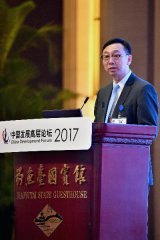
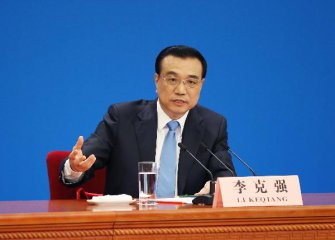
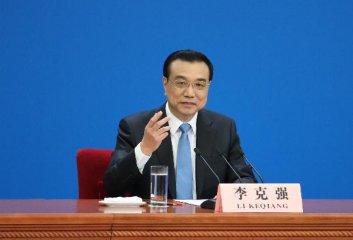
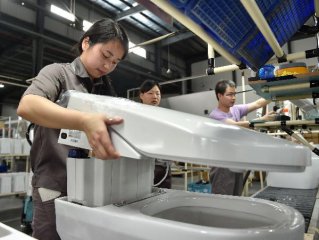
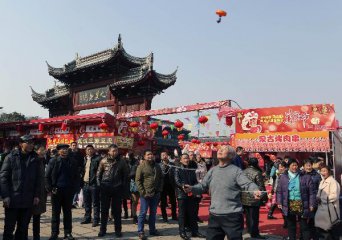



Latest comments